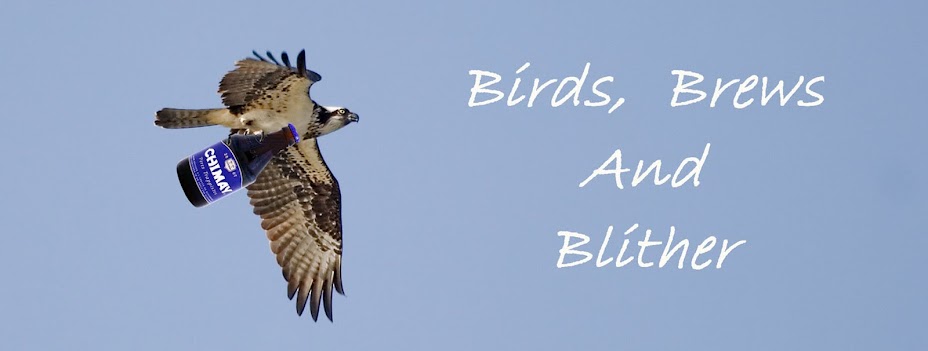After packing up and leaving Shamrock, the Mississippi Kites seemed to be all over the place. With much of their insect chow sitting tight, the Kites seems to have nothing to do except sit around.
After a short drive across some
beautiful land (really), our final major destination of the trip involved what
is absolutely one of the darkest chapters in American History.
In the early morning hours of November 27
th,
1868, a village of Southern Cheyennes, under the leadership of
Chief BlackKettle, was attacked by the United States 7
th Cavalry under
Lieutenant Colonel
George Custer.
Utilizing a four-pronged attack strategy, the
village was surrounded before the sun came up.
Over one hundred years later, reports of Native American fatalities
still vary. Custer claimed 103.
Cheyenne
accounts are as low as 29.
Some call it
a massacre while some call it a battle.
Calling it what you choose, the site is now under the National Park
Service as the
Washita Battlefield National Historic Site.
(It is pronounced “WASH-a-taw” by the way,
not “Wah-sheet-ah”.)
In any case, history does not disagree on the subject of
who died. Woman and children were
involved. That is a fact.
Many stories can be told here. Two things come to my
immediate mind.
George Custer. I
won’t call him a hero. He was not. (He WAS an excellent Civil War Calvary Field
Officer, but that is a different story.) He was, however, a soldier doing what he was told to do. That is how the Army of the 1860s
functioned. It is not much different
than the military of today. If you are told to do something, and you do not,
there will be repercussions. The killing
of woman and children was not his idea. When he discovered that his soldiers
were killing non-combatants “without mercy”, he ended it. It’s that simple. History shows this.
It should also be mentioned, that while many people today
see him as villain, his peers also thought he was a giant turd. The loss of Major Joel Elliot illustrates
this clearly.
One of the four prongs of the attack was led by
Elliot. When he observed Indians fleeing
east along the Washita, he followed them. His group (over 20 men) was quickly
surrounded by Indian reinforcements from a neighboring village and killed. Most American fatalities on this morning
where from this incident.
Concerned with the now suspected increase in Cheyenne
resistance, Custer ordered a withdrawal from the field. A preliminary search turned up nothing. The bodies of Elliot and his men were not
found until a second search conducted weeks later.
He left the battlefield with no understanding of his
immediate subordinate’s situation. He
had not a clue.
To this day, some historians argue that the 7th
Cavalry, under Custer’s leadership, was a fractured group of soldiers fighting
with (not for) a leader they did not like and could not trust. Those same historians argue that the Battle
of the Little Bighorn ended as it did as a result of tensions that began to
arise in November of 1868 in present-day Oklahoma.
In the meantime, as Natalie and I left the Visitor
Center, I almost tripped on a grasshopper the size of a hot-dog. Okay, it was
not that big.
Maybe the size of an index
finger?
Really. Holy crap. Big.
Mississippi kite chow for sure.



















